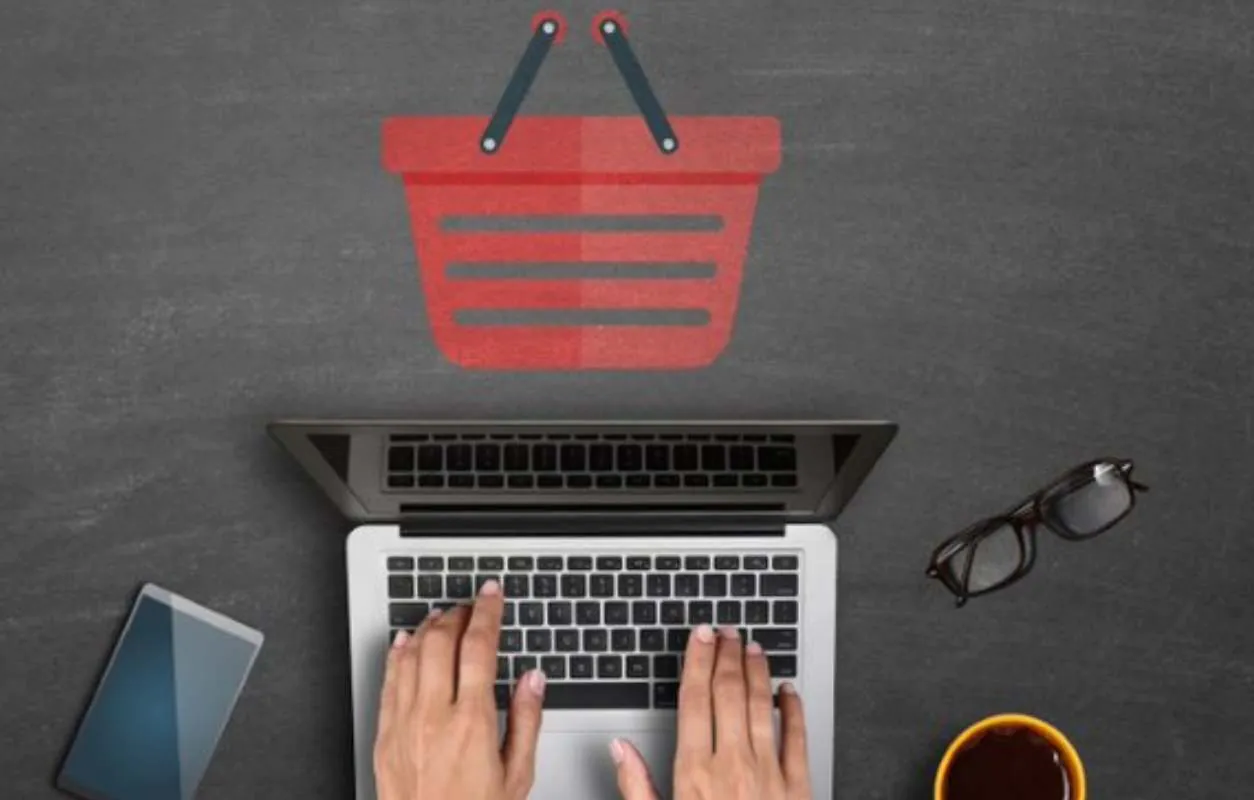As hundreds of new products make their entry into retail shelves every year, it is critical for brands to revamp their packaging strategy in order to stand out in the market. Furthermore, changing consumer demand, social movements, increasing regulatory compliance, and economic challenges have brought the need for better packaging initiatives to the forefront. Businesses must rely on packaging strategy solutions that are ongoing, periodically evaluated, and continuously improved. Moreover, modern brands have also realized the importance of packaging strategies in marketing a product. The packaging design can play a vital role in the customers’ buying decision. Customers are placing equal importance on both the quality of the packaging design and the functional aspect of the product, read this article to know why.
Packaging strategy solutions experts at Infiniti Research explain some of the key reasons why businesses must consider a product packaging redesign.
What is Product Packaging Redesign

Product packaging redesign involves updating the visual elements, materials, and structure of a product’s packaging to improve its appearance, functionality, and alignment with the brand’s identity. It’s a strategic move that businesses undertake to stay relevant, differentiate their products, and enhance the customer experience. A successful packaging redesign can breathe new life into a brand, boost sales, and strengthen customer loyalty.
Key Reasons Why Businesses Consider a Product Packaging Redesign
Businesses must consider a product packaging redesign for several key reasons. Here are the main factors that can drive the need for a packaging overhaul:
Outdated product packaging design
If your current packaging looks outdated compared to competitors or fails to resonate with your target audience, it's a clear sign that a redesign is necessary to stay relevant and appealing.
Innovation in the product formula
When a product's ingredients or technology changes, the packaging must adapt to highlight these new features and functionalities.
Company Rebranding
During a company rebrand, the packaging design needs to be updated to reflect the new branding, logo, and visual identity.
Public Relations Crisis
After a PR crisis, a packaging redesign can help a brand move past negative publicity and demonstrate a commitment to improvement.
Technological Advancements
Incorporating modern packaging technologies like embossing, foil stamping, or spot UV can create innovative, eye-catching designs that set a brand apart.
Outdated product packaging design
Trends in the packaging industry are constantly changing. In the 90s, skeuomorphic designs that made products resemble their real-world counterparts were popular. Most of the product packaging designs during that era also featured bright colors and a large number of design elements. However, today most companies are adopting a packaging strategy that is aligned with a minimalist approach which incorporates a significantly lower amount of design elements. If your current packaging strategy is outdated from what your counterparts in the market are offering, it definitely needs an upgrade.
Innovation in the product formula
It is common for companies to explore new product innovations and formulas over time. With the introduction of new ingredients or technology, the brand’s packaging strategy will have to adapt to meet these new functionalities and specifications. Moreover, this also acts as a good opportunity for brands for marketing the improvements in their product formula.
Company Rebranding
Rebranding has become a common business trend lately. Mostly legacy brands who have been in business for decades tend to change to a more contemporary branding to reflect modern times. Some even make changes to their logos and visuals in order to reflect a change in direction. Formulating a new packaging strategy under such circumstances is important to ensure that the design is consistent with the brand’s new aesthetic.
Public Relations Crisis
Even the best of brands have experienced a public relations crisis at some point. As today we live in a digitally connected world, negative publicity can spread like wildfire on social media channels, proving fatal for the brand image and reputation. In case companies go through such a crisis, they must rethink their packaging strategy for two primary reasons. Firstly, it shows that the brand is moving away from the bad publicity that it has received. Secondly, it creates an impression that the brand is actively trying to improve its brand image, starting with the design.
Technological Advancements
Incorporating modern technology as a part of your new packaging strategy can not only result in efficient product packaging and design strategy but also helps identify innovative designs that you may be missing out on. For instance, brands use several new visual elements in packaging to attract customers including embossing, debossing, foil stamping, or even a spot UV that highlights a part of the packaging design.
By staying attuned to these key drivers, businesses can identify the right time to refresh their product packaging and keep it aligned with the brand’s evolution and the market’s expectations.
Steps to Create an Effective Packaging Strategy
Here are 8 key steps to create an effective packaging strategy for your business:
-
Conduct a Packaging Audit:
Evaluate your current packaging in terms of design, materials, and functionality. Identify areas for improvement and opportunities for innovation.
-
Define Your Brand Identity:
Ensure your packaging aligns with your brand's values, personality, and target audience. Develop a consistent visual language across all packaging elements.
-
Research the Market:
Analyze industry trends, competitor packaging, and consumer preferences to identify gaps and opportunities in the market. Stay up-to-date with emerging packaging technologies and sustainability practices.
-
Establish Clear Goals:
Define specific, measurable objectives for your packaging strategy, such as increasing shelf appeal, reducing environmental impact, or enhancing customer experience.
-
Collaborate with Stakeholders:
Engage with cross-functional teams, including marketing, R&D, and operations, to gather insights and align on packaging requirements and constraints.
-
Develop Packaging Concepts:
Create multiple design concepts that incorporate your brand identity, market insights, and packaging goals. Prioritize concepts based on feasibility, cost-effectiveness, and potential impact.
-
Test and Refine:
Conduct consumer testing and gather feedback on your packaging concepts. Refine designs based on insights and iterate until you have a winning solution.
-
Implement and Monitor:
Launch your new packaging strategy and continuously monitor its performance against the set objectives. Gather customer feedback and sales data to make necessary adjustments and drive continuous improvement.
By following these steps, businesses can develop a comprehensive packaging strategy that enhances brand identity, meets consumer expectations, and drives business growth.
| Case Study: How Infiniti Research Assisted a Company with Product Packaging Redesign |
| Background: A leading consumer goods company faced declining sales due to outdated product packaging that failed to resonate with modern consumer preferences. The packaging was not only visually unappealing but also did not align with the increasing demand for sustainability and innovative design. Recognizing the need for a significant overhaul, the company sought the expertise of Infiniti Research to develop a comprehensive packaging redesign strategy that would enhance brand appeal and drive sales. |
| Solution: Infiniti Research implemented a multi-faceted approach to address the company’s packaging challenges: Market Research and Analysis: Infiniti conducted extensive market research to understand emerging packaging trends, consumer preferences, and competitive strategies. This analysis identified key areas for improvement, including sustainability and aesthetics. Consumer Insights: Through focus groups and surveys, Infiniti gathered direct feedback from target consumers regarding their perceptions of the existing packaging and their preferences for the new design. This data was crucial in shaping the redesign. Sustainability Integration: Recognizing the growing consumer demand for eco-friendly packaging, Infiniti recommended the use of recyclable and biodegradable materials. This shift not only aligned with consumer values but also positioned the brand as a responsible market player. Design Concept Development: Infiniti collaborated with design experts to create several packaging prototypes that incorporated minimalist design principles, vibrant colors, and engaging graphics. These concepts were tested with consumers to gauge effectiveness. Implementation Strategy: A phased rollout plan was developed to introduce the new packaging gradually, allowing existing customers to transition smoothly while attracting new consumers. |
| Results: The packaging redesign led to significant improvements for the company: Increased Sales: The new packaging resulted in a 30% increase in sales within the first quarter of its launch, as consumers responded positively to the fresh and modern design. Enhanced Brand Image: The integration of sustainable materials and contemporary design elements revitalized the brand’s image, making it more appealing to environmentally conscious consumers. Positive Consumer Feedback: Surveys conducted post-launch indicated that 85% of consumers preferred the new packaging over the old design, citing its visual appeal and eco-friendliness as key factors. Market Differentiation: The redesigned packaging helped the company stand out in a competitive market, leading to increased shelf visibility and brand recognition. Through this strategic partnership with Infiniti Research, the company successfully transformed its product packaging, aligning it with current market trends and consumer expectations, ultimately driving growth and enhancing brand loyalty. |
Real-World Examples
| Company Name | Description of Redesign |
|---|---|
| McDonald’s | McDonald’s revamped its packaging to feature a more modern and cohesive design, emphasizing sustainability and a cleaner aesthetic across its food and beverage containers. |
| Coca-Cola | Coca-Cola launched the “Share a Coke” campaign, redesigning its bottles to feature personalized names, enhancing consumer engagement and connection with the brand. |
| Pepsi | Pepsi updated its packaging to reflect a more minimalist design, focusing on bold colors and a simplified logo to attract younger consumers. |
| Tropicana | Tropicana underwent a significant redesign that returned to its original packaging after consumer backlash against a prior change, emphasizing clarity and freshness. |
| Kraft Heinz | Kraft Heinz introduced new packaging for its products that emphasizes transparency and sustainability, using clear labels and eco-friendly materials. |
| Nestlé | Nestlé redesigned its packaging to highlight its commitment to sustainability, using recyclable materials and clear messaging about environmental impact. |
| Unilever | Unilever has been redesigning its product packaging to reduce plastic use and improve recyclability, while also adopting a more contemporary visual style. |
| Anheuser-Busch | Anheuser-Busch refreshed its beer packaging to modernize its look, incorporating vibrant colors and graphics to appeal to a younger demographic while maintaining brand heritage. |
Conclusion
Rethinking your packaging strategy is crucial in today’s dynamic market to stay competitive and meet evolving consumer expectations. An outdated packaging design can harm your brand identity and fail to resonate with your target market. By aligning your strategy with updated packaging requirements and embracing innovations such as flexible packaging or direct-to-consumer premium product packaging, businesses can enhance customer satisfaction and operational efficiency. To do it right, focus on creating packaging that reflects your brand values, adheres to packaging guidelines, and supports your packaging strategies for long-term growth and market differentiation.


